-
Sales Velocity Engine: Pipeline, Follow-Up, AI, and Metrics This training module, “Sales Velocity Engine,” outlines strategies for optimizing sales pipelines to increase revenue. It introduces pipeline hygiene rules to ensure data accuracy, such as mandatory close dates and stage aging thresholds, alongside a proactive follow-up cadence to engage buyers consistently. The module also details the deployment of AI for lead scoring and proposal generation, emphasizing human oversight to maintain quality and ethical standards. Finally, it establishes key velocity metrics like Cycle Length, Win-Rate, and Pipeline Value Velocity (PV²) to monitor and improve sales efficiency. Source: Sales Velocity Engine: Pipeline, Follow-Up, AI, and Metrics
-
AI Deployment Canvas: From Pilot to Production and Audit This instructional module outlines a structured approach to AI deployment and governance, emphasizing a repeatable framework for organizations. It introduces an AI Deployment Canvas designed to help prioritize, implement, and monitor AI solutions effectively, starting with a Use-Case Scoring Grid to assess potential AI applications based on ROI, data sensitivity, and risk. The module then guides users through a Pilot-to-Scale Pipeline, ensuring human oversight and defining success metrics for controlled rollouts. Crucially, it details the creation and maintenance of an AI Register for transparency and incident management, alongside a methodology for Quarterly AI Bias & Drift Audits to maintain model integrity and compliance. The overarching goal is to enable organizations to adopt AI responsibly, mitigating risks and ensuring audit-readiness.Source: AI Deployment Canvas: From Pilot to Production and Audit
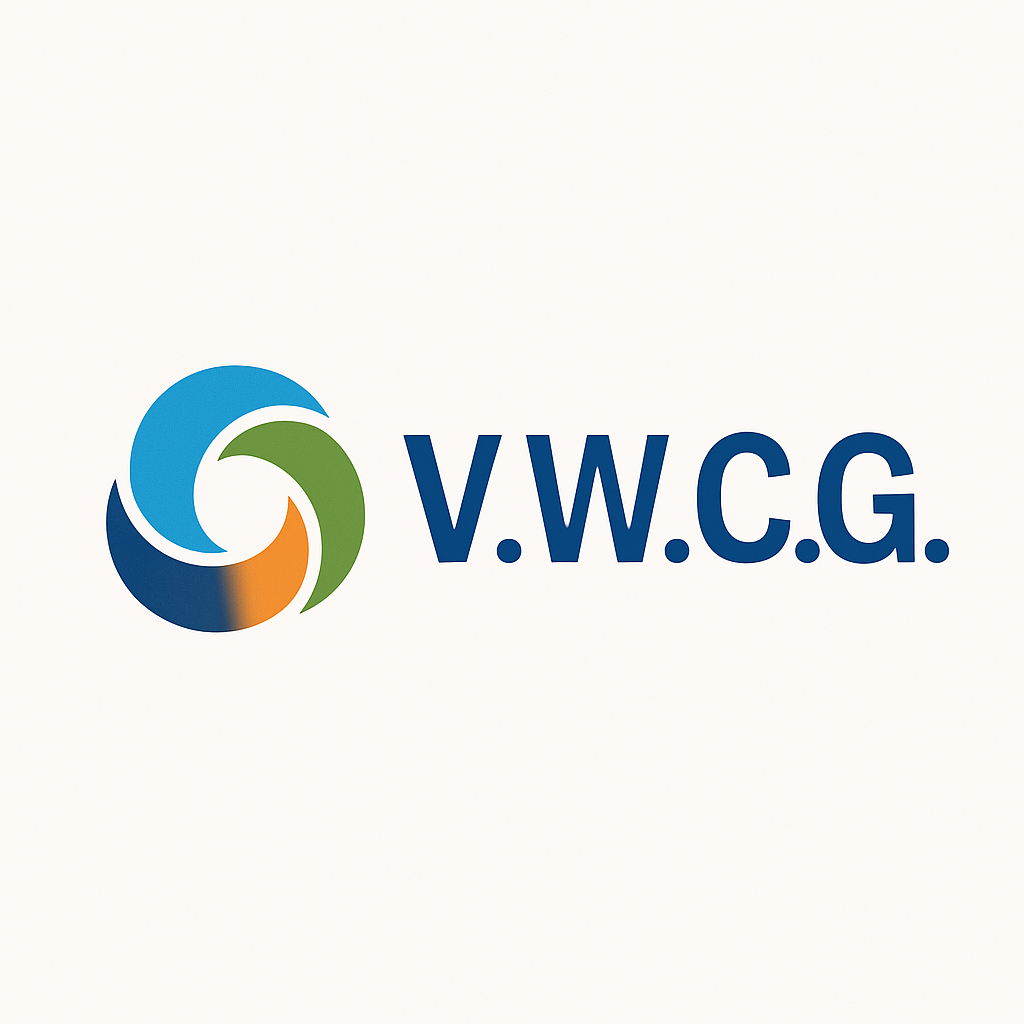
-
Agile Capital Allocation: Engineering Funding Gates with KPIs This document outlines Module 8 of the VWCG OS™, focusing on “Agile Capital Allocation.” It details a systematic approach to managing company funds by establishing four distinct Funding Tiers: Exploration, MVP, Scaling, and Expansion, each with specific financial caps and durations. The module emphasizes the creation of KPI-driven Gate Criteria that must be met for capital to be released or frozen, advocating for a live Capital Tracker to monitor real-time burn against remaining tranches. Furthermore, it describes a Monthly Capital Governance Forum where key stakeholders make data-driven decisions on project funding, incorporating scenario modeling and variance alerts to maintain financial discipline. The overall aim is to optimize capital utilization by linking funding directly to measurable evidence of progress and performance.Source: Agile Capital Allocation: Engineering Funding Gates with KPIs
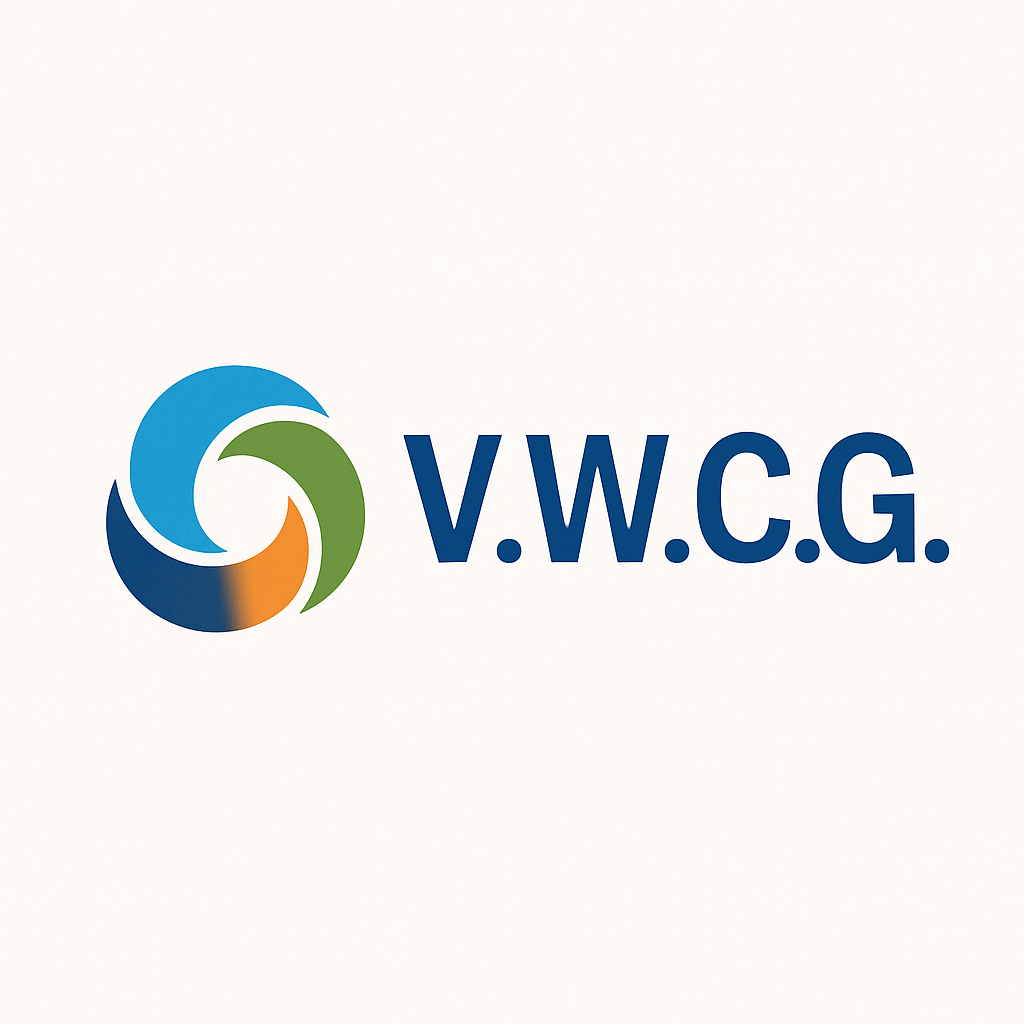
-
Exit & Acquisition Layer: Perpetual Readiness for Business Transitions This document outlines Module 9 of the VWCG OS™, focusing on “Exit & Acquisition Layer” strategies to ensure businesses are perpetually ready for investment, acquisition, or sale. It details how to assemble a secure Due-Diligence Vault for investor access, build a Succession Depth Grid to mitigate key-person risk, and compile a Quality-of-Earnings (QoE) Binder to align with buyer expectations. Furthermore, the module describes how to draft a Day-0 Integration Playbook to streamline post-acquisition processes. The aim is to transform potential chaos into a strategic advantage, enabling companies to entertain offers or pursue acquisitions without operational disruption.Source: Exit & Acquisition Layer: Perpetual Readiness for Business Transitions
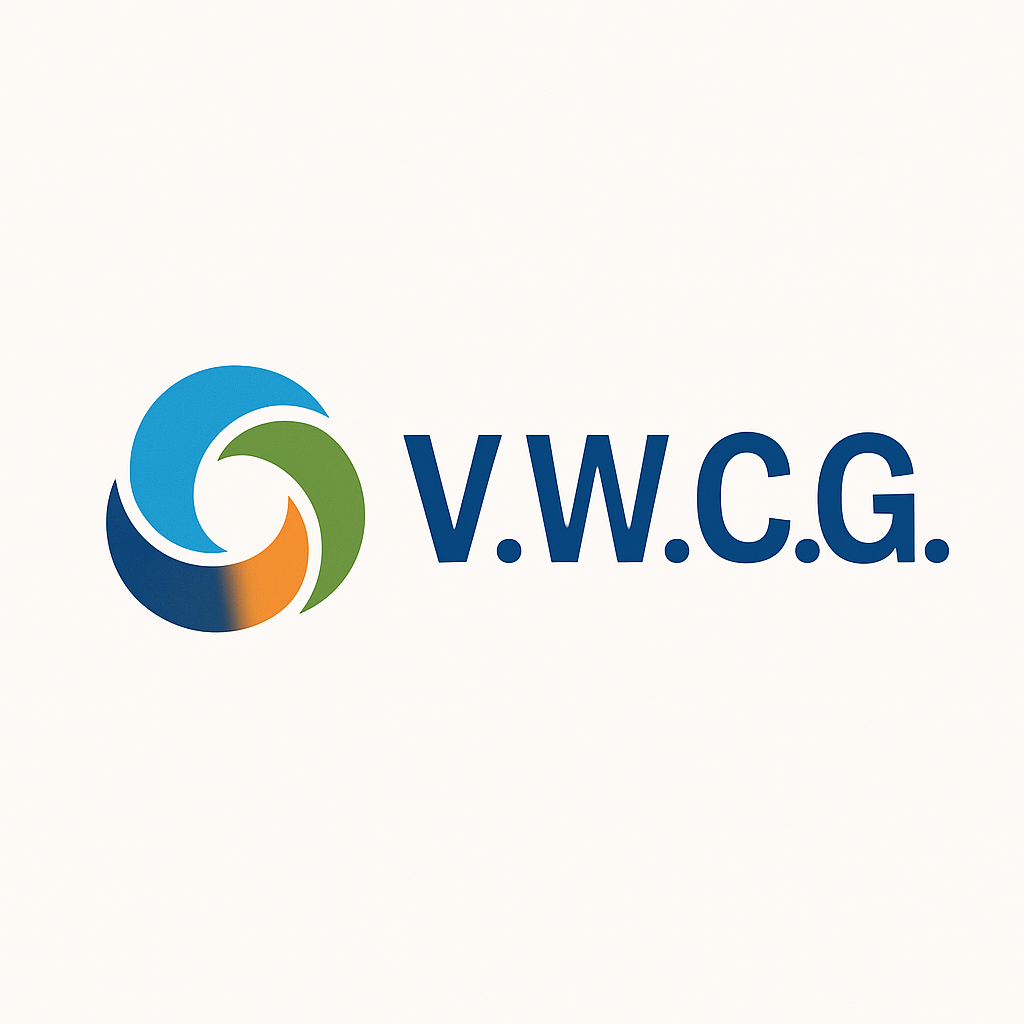
-
Change Enablement Sprint: Human Adoption Strategies This document outlines VWCG OS™ – Module 10 “Change Enablement Sprint,” an instructional audio-lecture designed to help organizations successfully implement new processes and overcome human resistance. The module presents a 30-day sprint methodology focused on turning skeptics into champions by addressing common pitfalls in transformation projects. Key components include building a Communication Cadence Grid for consistent messaging, running Resistance Mapping Workshops to identify and mitigate objections, and designing Micro-Training Assets for just-in-time learning. The module also emphasizes tracking progress with Sentiment & Usage KPIs and celebrating successes via a Wins-Wall Dashboard to foster adoption and sustain new behaviors. Ultimately, the program aims to equip participants with practical tools to ensure the successful integration of change within their organizations.Source: Change Enablement Sprint: Human Adoption Strategies
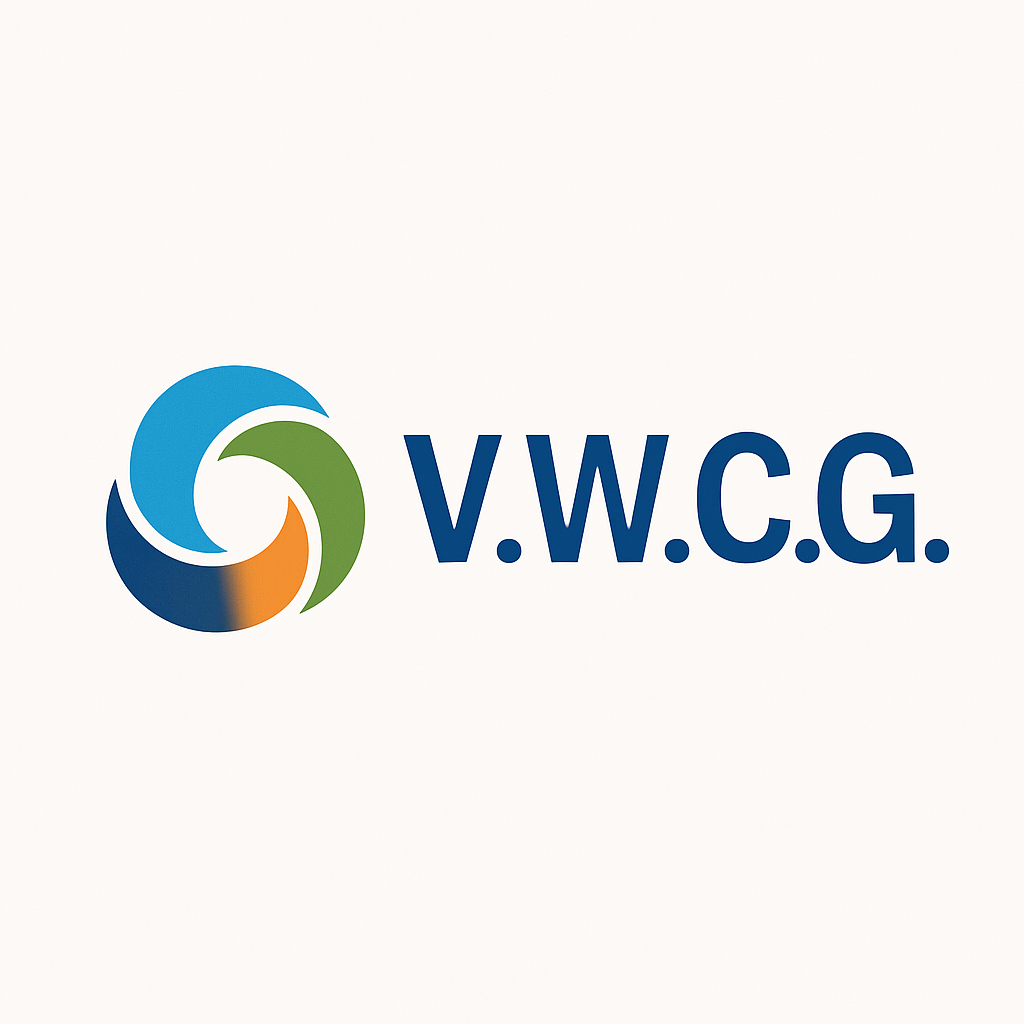
-
People & Culture Analytics: Building a Data-Driven Workforce This educational module outlines strategies for organizations to quantify and improve their workplace culture and human capital management. It details how to implement an Engagement Pulse Survey for continuous sentiment measurement, establish a Turnover Risk Model to identify employees likely to leave, and construct a DEI Scorecard to track diversity, equity, and inclusion metrics across various stages of the employee lifecycle. The module culminates in the creation of a People Health Dashboard that consolidates these insights with traffic-light alerts, enabling data-driven decision-making for a healthier, more productive workforce. The material also addresses common pitfalls and provides practical homework assignments to facilitate immediate application of the concepts.Source: People & Culture Analytics: Building a Data-Driven Workforce
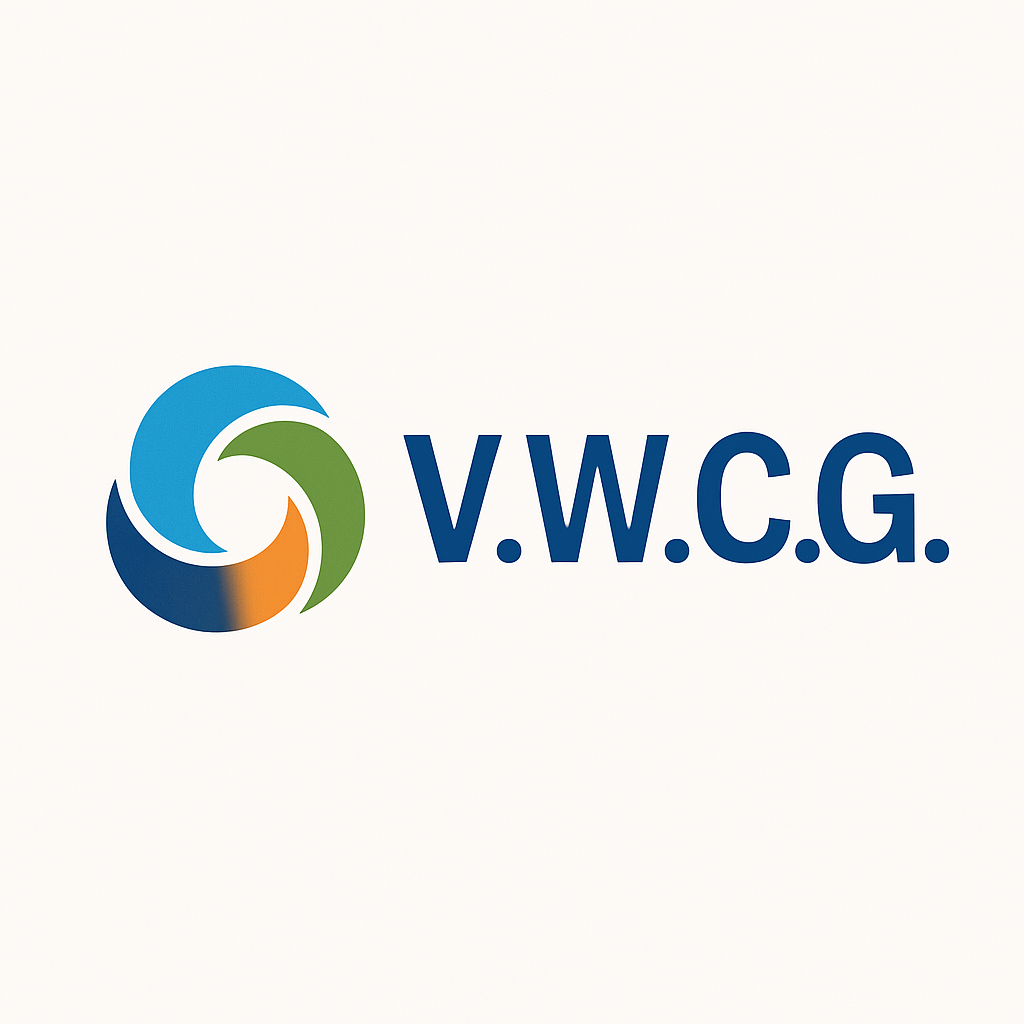
-
Cyber Data Privacy & Security Fundamentals This document outlines Module 12 of the VWCG OS™ curriculum, focusing on Cyber / Data Privacy & Security. It details a comprehensive instructional module, likely for an audio-lecture, designed to help organizations embed robust security practices. The material covers building a threat model canvas to identify and assess risks, creating a data classification matrix to manage information based on sensitivity, and establishing a three-tier incident response runbook for effective breach management. Furthermore, the module emphasizes conducting quarterly Privacy Impact Assessments (PIA) and tracking key Security KPIs to ensure ongoing compliance and operational effectiveness, transforming security from a mere IT function into an integrated organizational habit.Source: Cyber Data Privacy & Security Fundamentals
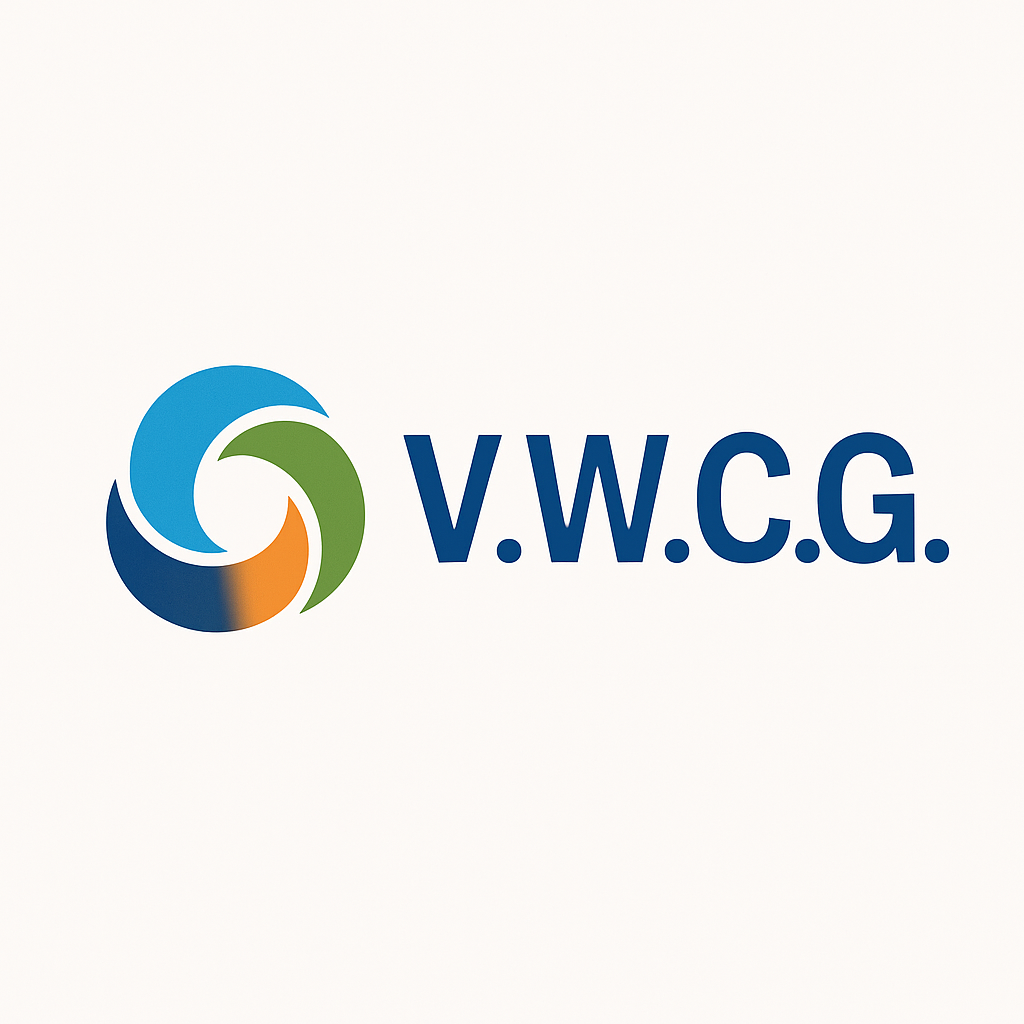
-
Client Success Loop: Architecting Automated Revenue Growth The provided texts introduce the Client Success Loop, a proactive framework designed to combat customer churn and foster growth. It outlines key components for managing the customer journey, beginning with a Customer Journey Map to identify critical milestones and potential friction points. A Client Health Score Model is then explained, detailing how various metrics like usage and financial indicators are combined and automated to assess client well-being. Furthermore, the sources describe an AI-Driven Churn Predictor that forecasts client defection and triggers specific escalation protocols. The framework culminates in a Quarterly Business Review (QBR) Engine to convert client achievements into expansion opportunities, all while emphasizing the core philosophy of “proactive insight beats reactive apology” to ensure continuous client success and revenue growth.Source: Client Success Loop: Architecting Automated Revenue Growth
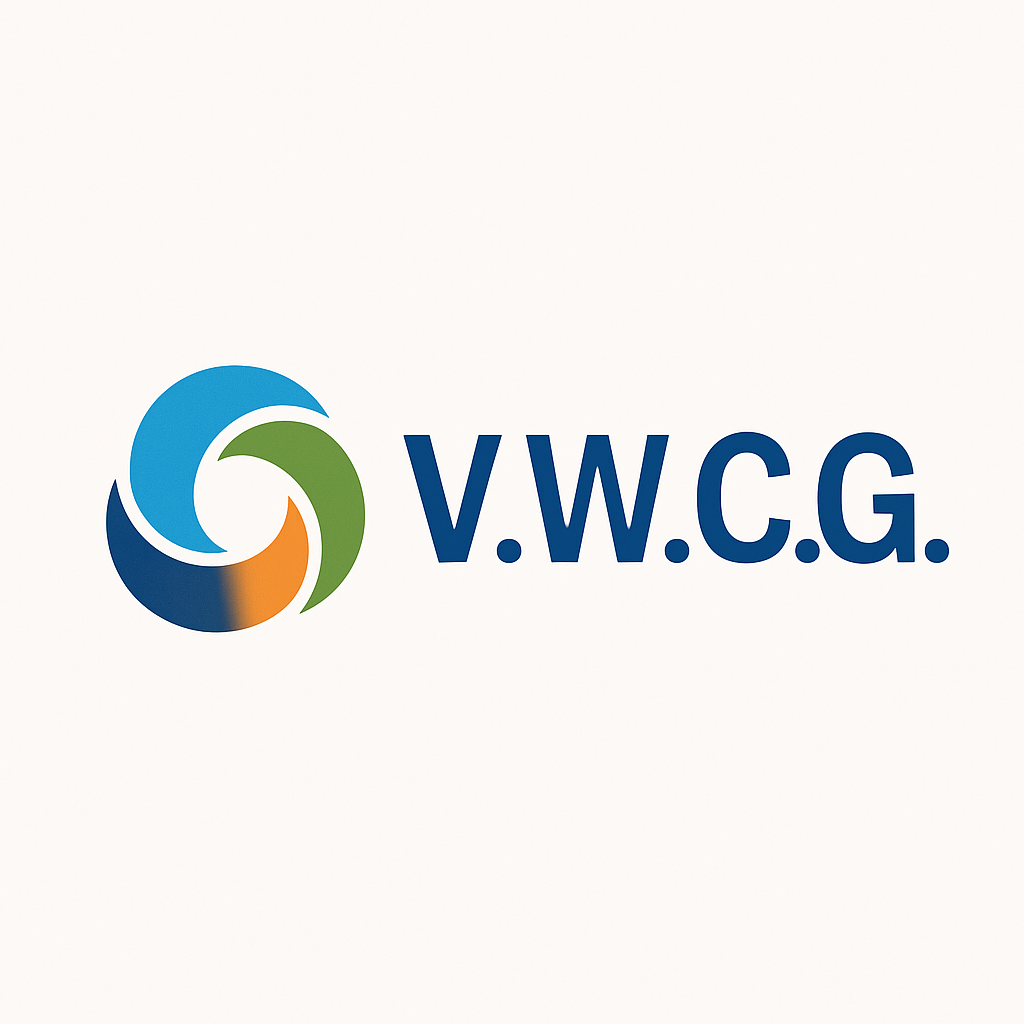
-
Integrated Tech Stack: Design for Data Flow Mastery This document outlines the VWCG OS™ – Module 4 “Integrated Tech Stack”, an audio-lecture designed to guide participants through creating a unified data flow across various business systems. The module addresses the common pain points of disconnected data, aiming to help scale-ups design an integrated tech stack where CRM, project management, finance, business intelligence, and AI systems communicate seamlessly. It covers mapping current systems, selecting integration hub patterns like Hub-and-Spoke, and configuring a Data Quality Monitor to ensure data accuracy and consistency. Furthermore, the module emphasizes change-control procedures, mitigating common pitfalls like over-customization, and assigning a dedicated integration owner to maintain the integrated environment. The ultimate goal is to establish “one source of truth” for organizational data.Source: Integrated Tech Stack: Design for Data Flow Mastery
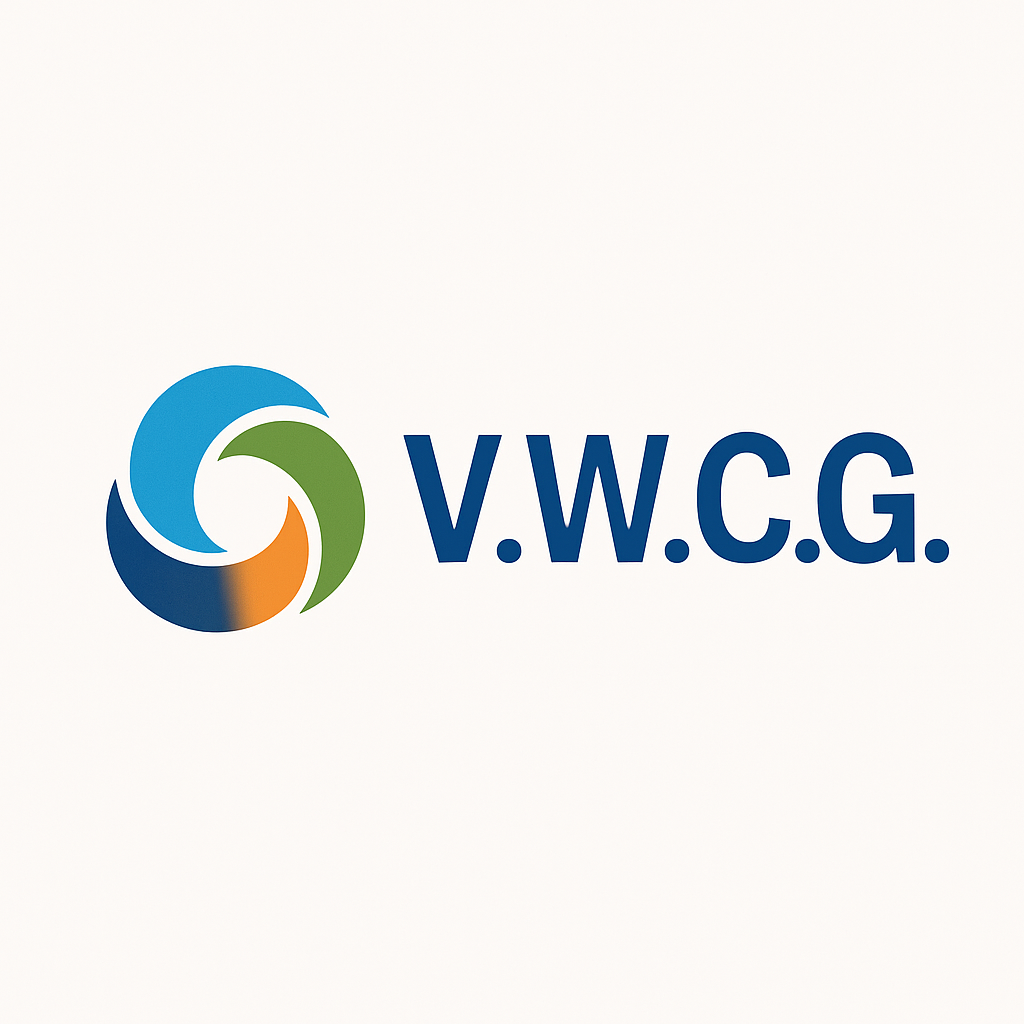
-
KPI Precision Grid: Measure, Map, Alert, Succeed This source outlines an instructional module focusing on Key Performance Indicator (KPI) management within an organizational system. It details a three-part process for establishing precise metrics to evaluate business performance. The module first explains how to capture a baseline snapshot of current metrics, ensuring data accuracy and consistency. Secondly, it describes how to map specific roles to a maximum of three relevant KPIs, distinguishing between leading, lagging, and early-warning indicators. Finally, the source illustrates the setup of a “Variance Alert Engine” using a color-coded traffic light system (green, amber, red) to visually signal when performance deviates from targets, emphasizing weekly review cadences and potential automation for alerts.Source: KPI Precision Grid: Measure, Map, Alert, Succeed
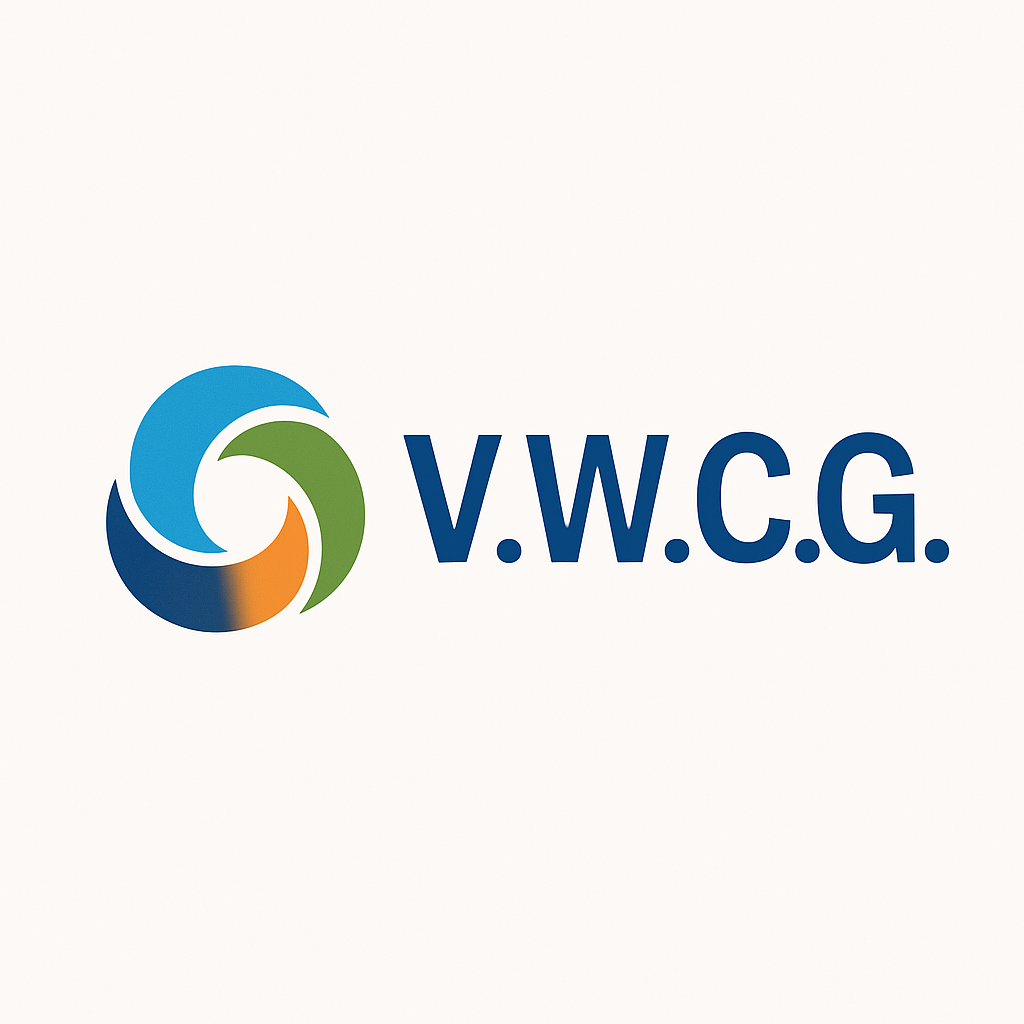
-
SOP Codex: Forging Operational Clarity and Scalable Delegation This source outlines an audio-lecture module designed to guide businesses, particularly scaling organizations, through the creation and maintenance of a Standard Operating Procedure (SOP) Codex. It details a structured approach beginning with a taxonomy matrix for organizing procedures, followed by an AI-powered workflow for rapid drafting. The module also emphasizes a 90-day review engine to ensure SOPs remain current and relevant, along with strategies for integrating SOPs into daily workflows and mitigating common pitfalls like sprawl or lack of ownership. The overall goal is to establish documented clarity for scalable delegation and operational efficiency.Source: SOP Codex: Forging Operational Clarity and Scalable Delegation
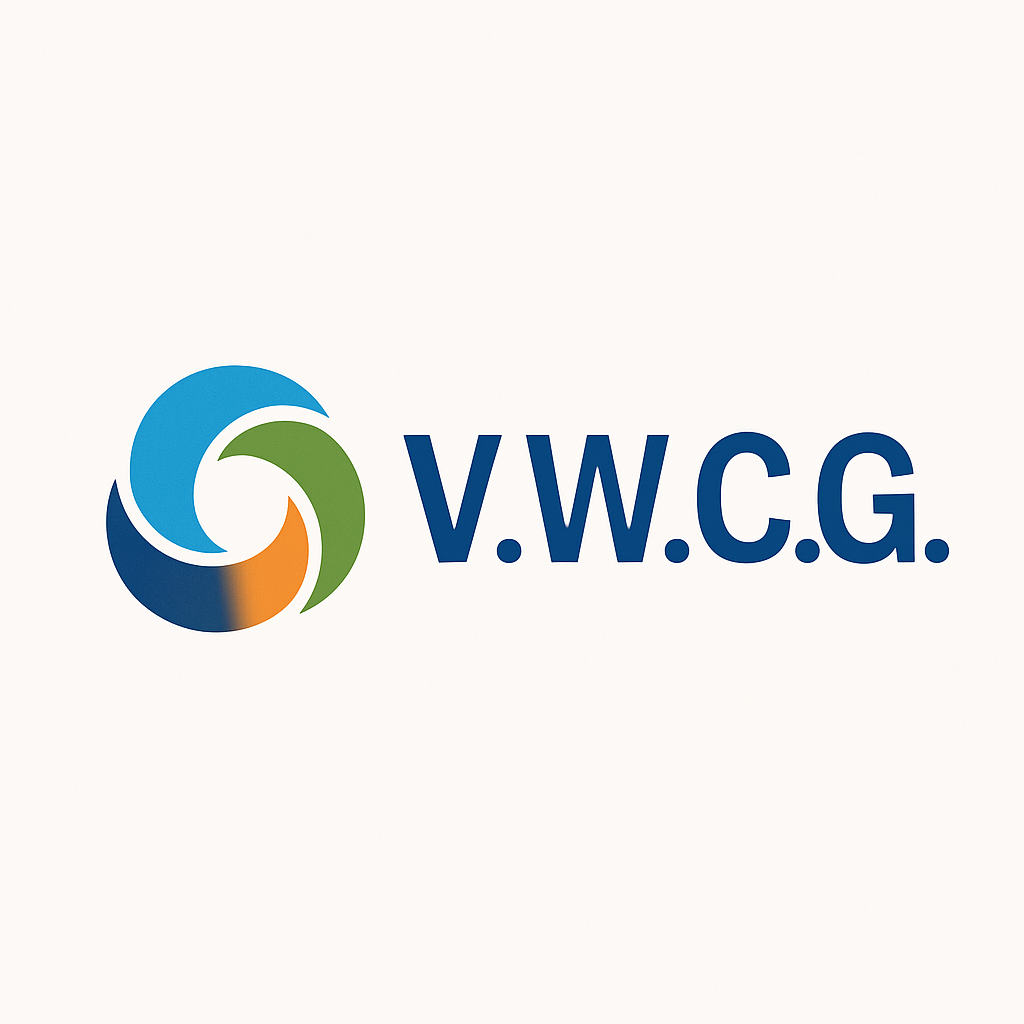
-
VWCG OS: Intelligent Foundations for Strategic Leaders
The provided text outlines Module 1, “Intelligent Foundations,” of the VWCG OS™ program, designed to help strategic leaders of scale-up companies. It details an instructor’s audio-lecture notes, emphasizing the importance of leadership alignment, cultural measurement, and purposeful AI integration. The module introduces three diagnostic tools: the Vision Canvas for strategic clarity, the Leadership DNA Radar to quantify leadership traits, and the AI Readiness Index to prevent wasted spending on premature automation. Ultimately, these tools combine to create a “Heat-Map Output”, guiding future priorities for the program’s subsequent modules.
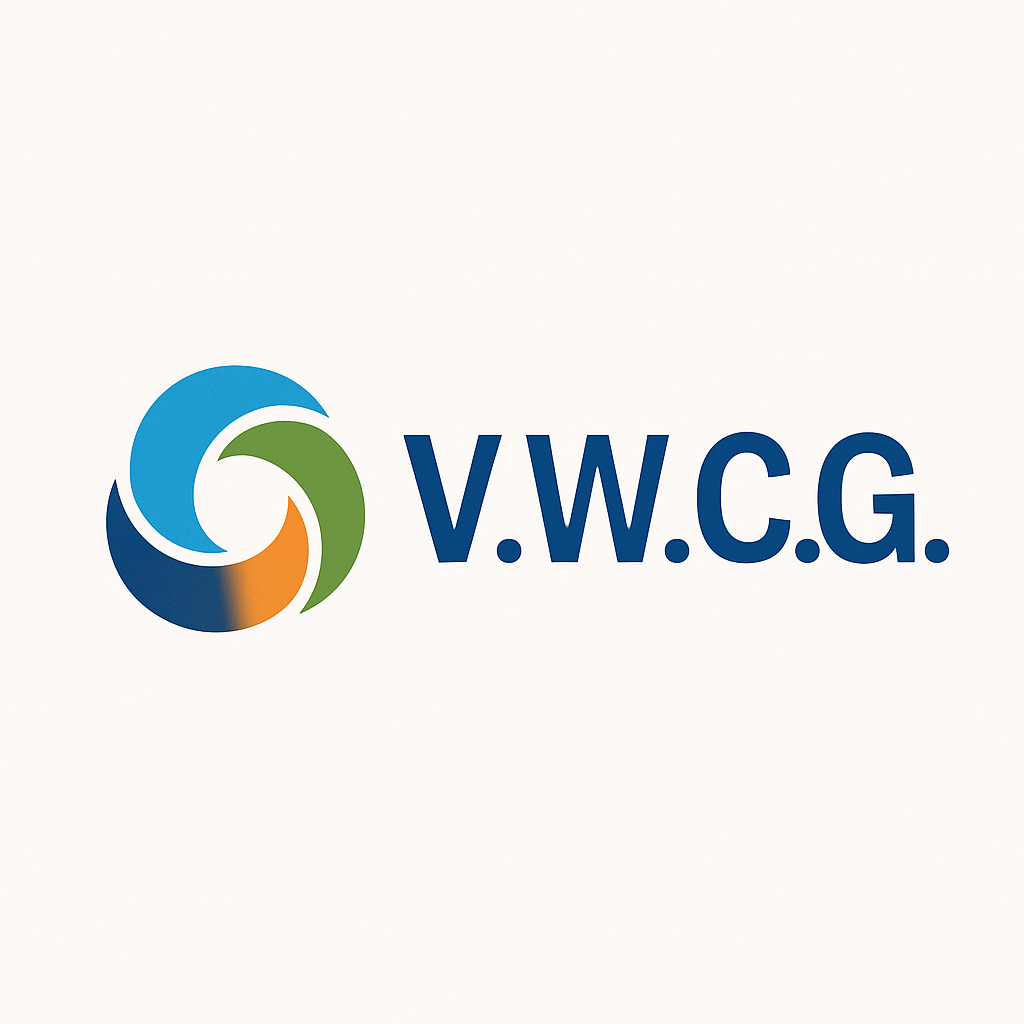
-
The Crisis-Proof CEO Navigating Uncertainty with Data-Driven Decision-MakingSource: The Crisis-Proof CEO Navigating Uncertainty with Data-Driven Decision-Making - FractionalCOO - Page 1 - 12 | Flip PDF Online | PubHTML5

subscribe via RSS








